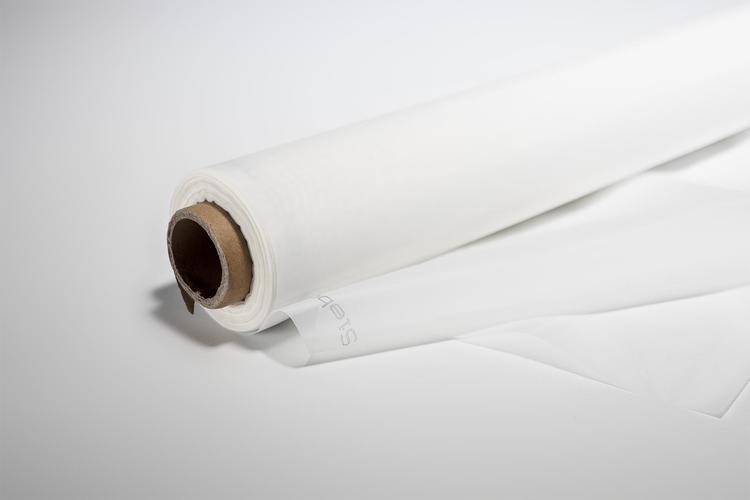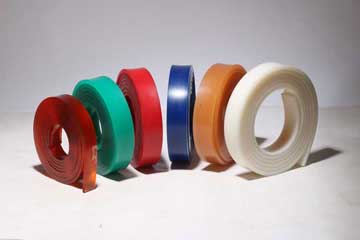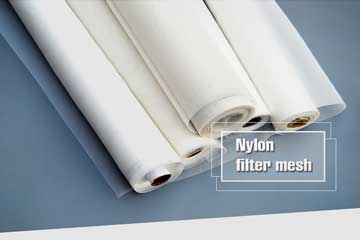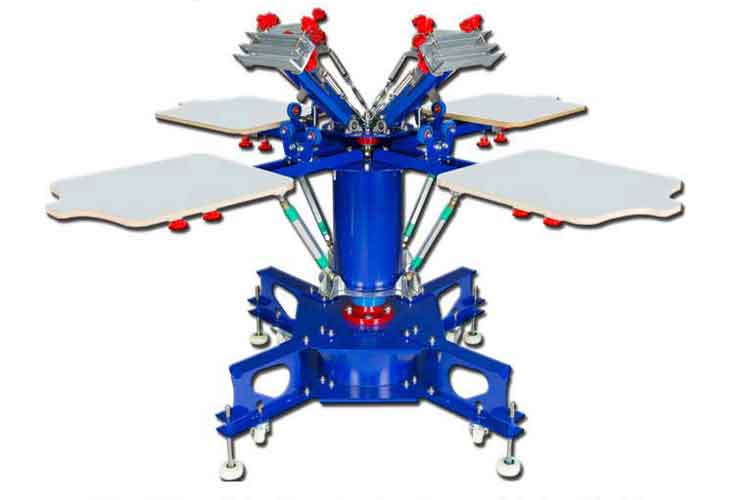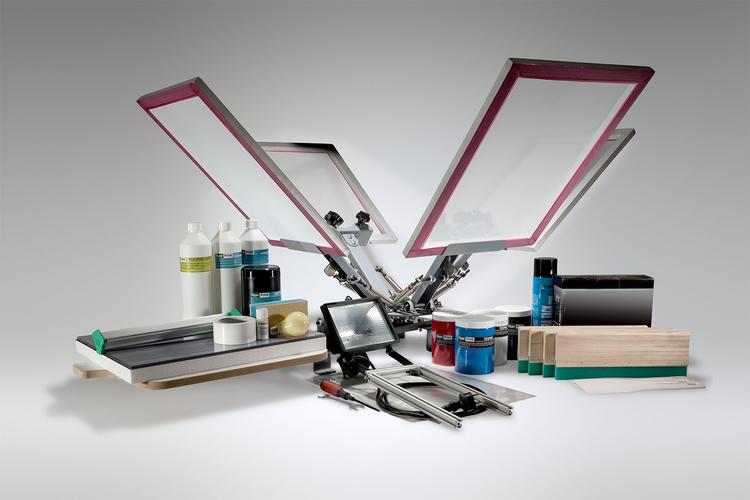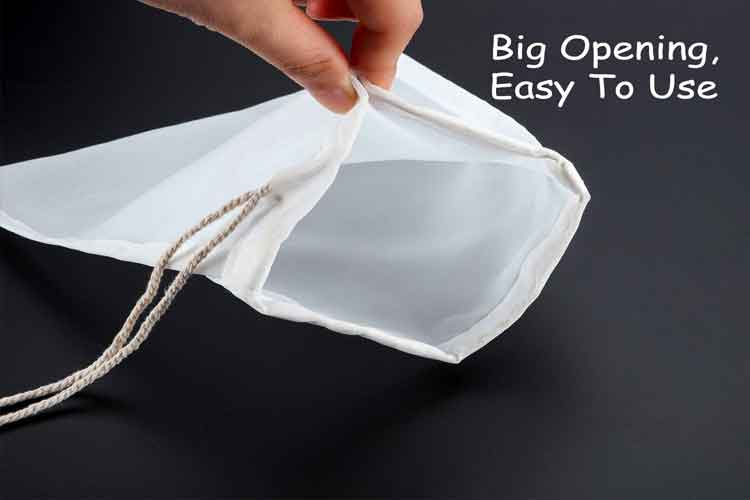Screen Tension Meter Price: Making Sense of Your Investment for Professional Printing
Selecting the right meter based on screen tension meter price isn’t just about saving money—it’s about investing in reliable prints, smoother jobs, and less guesswork. Whether you’re stretching dozens of screens weekly or fine-tuning experimental designs,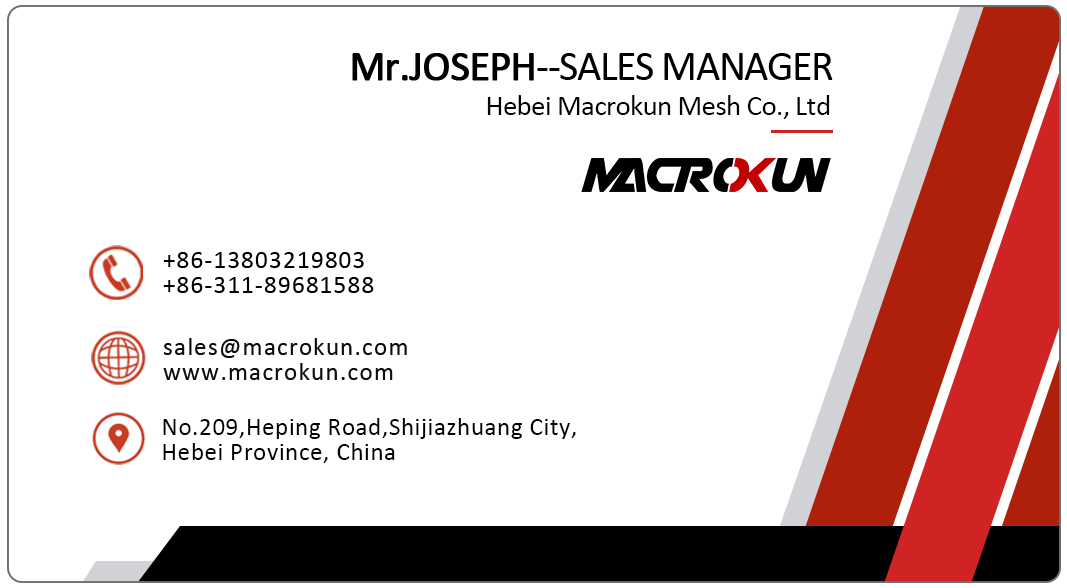
When quality is non-negotiable and every print must be sharp and consistent, understanding screen tension meter price is more than budgeting—it’s strategic investing. The right tension meter doesn't just measure mesh tautness; it safeguards print precision, reduces waste, and supports every step of your workflow. This guide helps you explore what you’re paying for—and why it’s worth it.
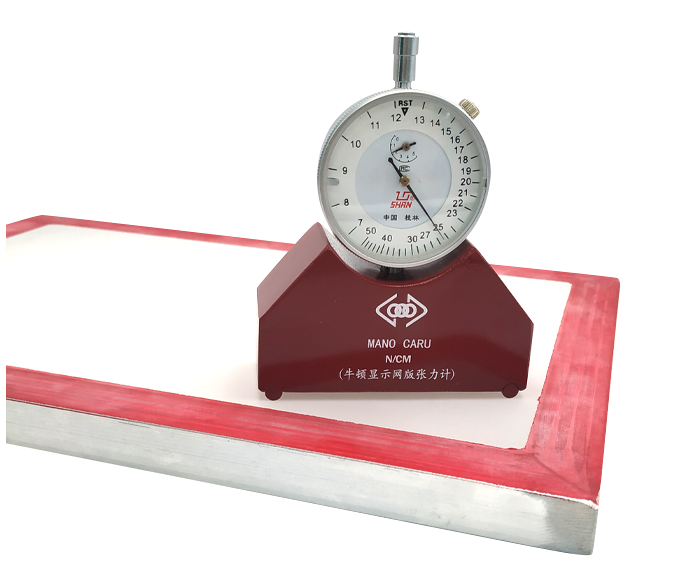
Understanding What Influences Screen Tension Meter Price
A glance at the market reveals screen tension meter price spans a broad range—from economically priced tools around $370 to precision instruments nearing $850. What explains this gap? Here’s a breakdown:
-
Precision & Range: Instruments like the TetkoMat, priced at $844.99, offer precision high sensitivity and broader capacity via three-point measurement designTOTAL INK SOLUTIONS+1.
-
Calibration & Certification: BaseLayr meters ($449.95) include a calibration certificate and prove their ±1% accuracy across the full scaleScreenPrinting.com.
-
Construction Quality: Devices like the Newman 1E ($609.50) use hardened gears, jeweled bearings, and aluminum bodies—engineering built to last industry useLawson Screen & Digital Products+1.
-
Durability vs Value: The $375 Murakami model offers solid performance with a 60 N range at a modest pricescreenprintsupplies.com.
-
Entry-Level Affordability: ATO’s $372 meter balances essential function with accuracy—great for shops needing reliable results without premium costato.com.
How Price Reflects Return on Investment
Understanding screen tension meter price is crucial—but pairing that cost with value is what helps print shops thrive.
Higher-End Meters: Reliability, Accuracy, Durability
Midsize to advanced models—like BaseLayr or TetkoMat—offer refined accuracy, wider measuring ranges, and rugged build quality. Across long print runs, they:
-
Maximize consistency,
-
Reduce calibration headaches,
-
Support complex multi-color or high-detail work.
Mid-Range Choices: Balanced Performance
Meters like the Newman 1E sit in a sweet spot: industrial-quality features with long-term reliability, often outperforming cheaper models over time via fewer malfunctions or drift.
Value Options: Solid Performance at Lower Cost
For studios on tighter budgets, meters like Murakami or ATO deliver necessary tension data and hassle-free use at accessible pricing—the fastest path to measurable improvement without overspending.
Choosing Based on Your Toolbox Needs
Match screen tension meter price to the demands of your shop:
-
High-Volume Shops: Demand instruments that handle wear, deliver consistent measurements, and justify higher initial cost through longevity.
-
Mid-Level Operations: Opt for balanced meters like the Newman 1E to gain accuracy without overshooting budget.
-
Boutique Studios & Hobbyists: Low-cost options like ATO or Murakami still unlock better tension control and print quality for less outlay.
Comparative Price Table
| Model / Type | Price | Key Strengths |
|---|---|---|
| ATO 7–50 N/cm | $372 | Affordable, functional accuracy |
| Murakami Tension Meter | $375 | Tough, high-range value |
| BaseLayr Tension Meter | $449.95 | Calibration certificate included |
| Newman 1E Tension Meter | $609.50 | Industrial-grade durability |
| STM-50 (Checkline) | $675–775 | Professional accuracy & certification |
| TetkoMat 10–100 N/cm | $844.99 | Highest sensitivity, premium build |
Making the Purchase Count
-
Prioritize Accuracy: Tighter tolerance justifies higher screen tension meter price.
-
Check Calibration: Certification helps reduce long-term drift and maintenance costs.
-
Think Long-Term: A solid industrial meter can outlast several cheaper ones, eventually costing less per year.
Final Thought: Smart Purchases Mean Better Prints
Selecting the right meter based on screen tension meter price isn’t just about saving money—it’s about investing in reliable prints, smoother jobs, and less guesswork. Whether you’re stretching dozens of screens weekly or fine-tuning experimental designs, a fitting tension meter lays the foundation.
Commit to precision, spend wisely, and let that tool hold your prints to perfection.
Pre:How to Use Screen Tension Meter: Unlock Precision, Consistency, and Print Quality
Next:SMT Stencil Screen Tension Meter: Why Accurate Stencil Tension Makes Your SMT Prints Reliable
Tags:
